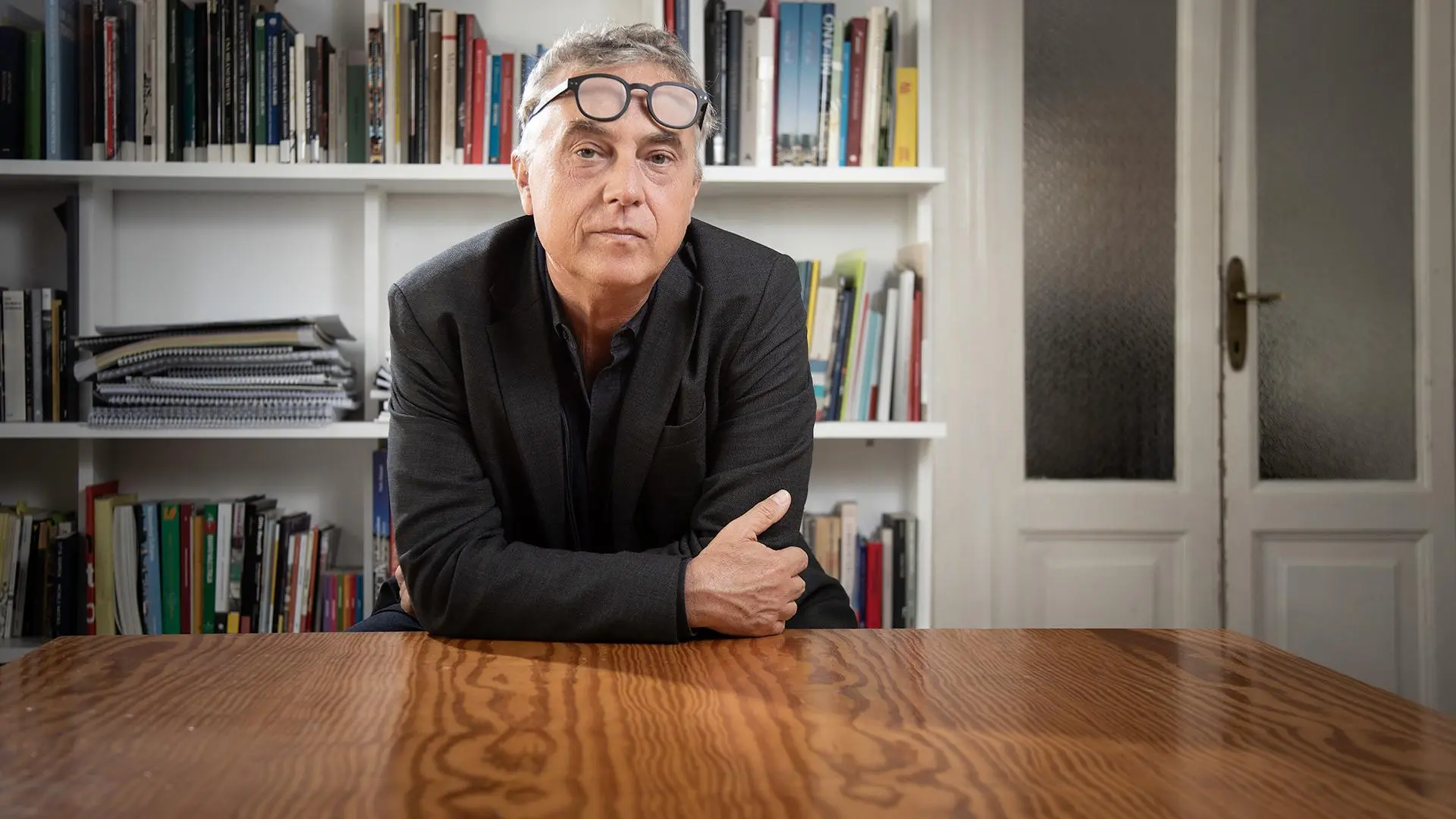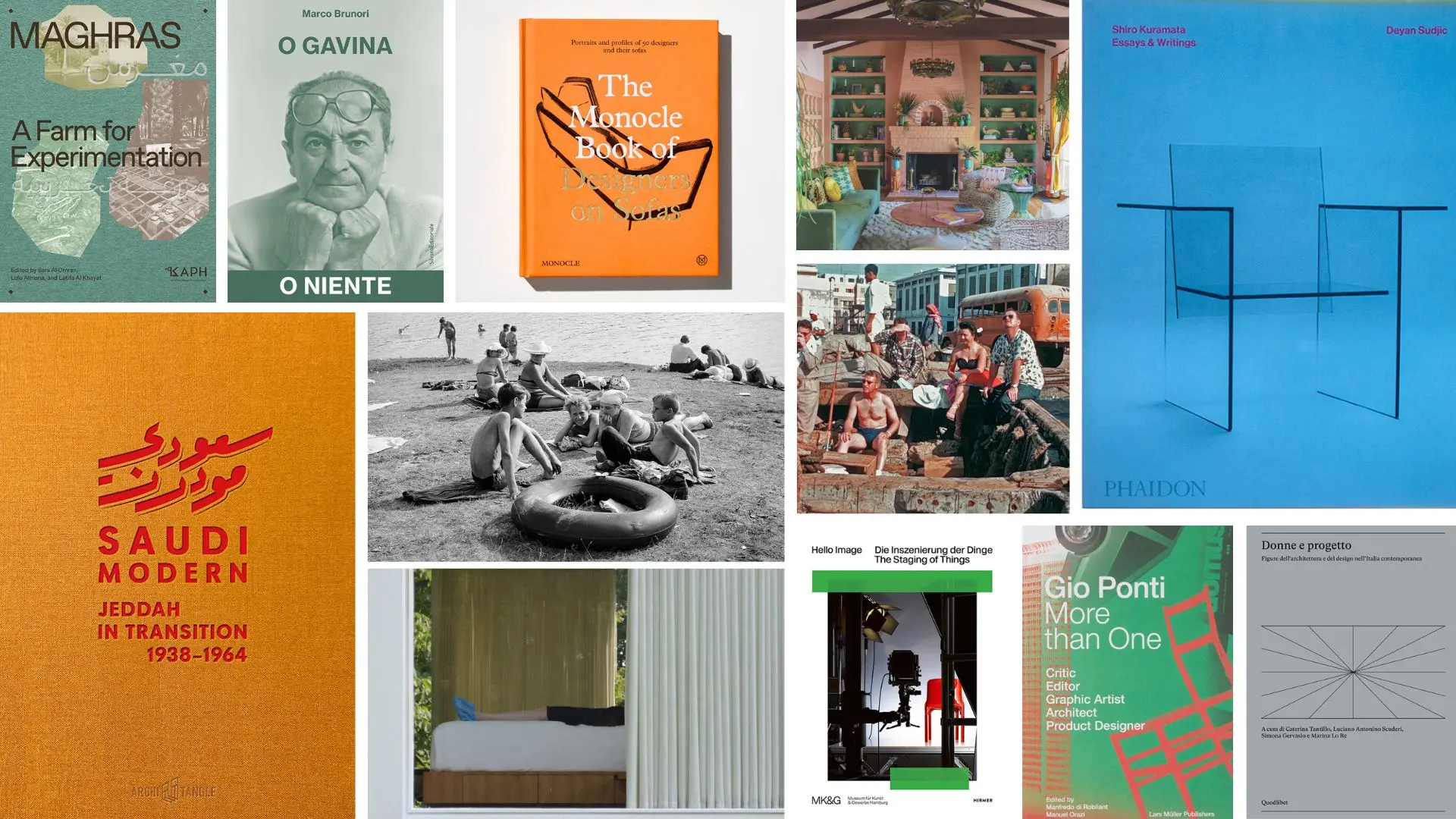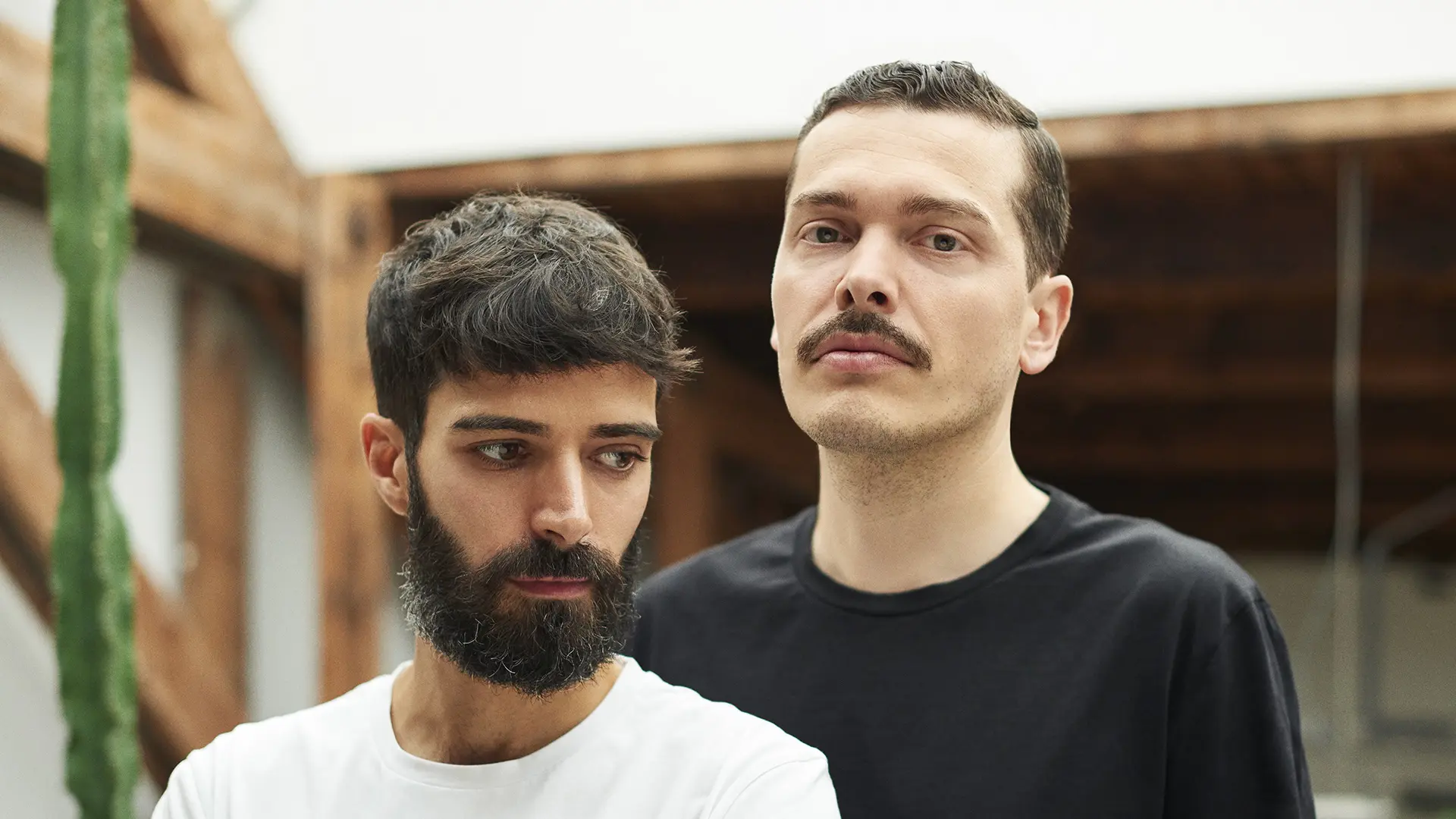A journey through women’s interior design, three iconic monographs and the links between design, photography and marketing, up to the transformation of Jeddah, social innovation and a reportage by Branzi and... 50 designers on the sofa

Stefano Boeri, the exceptional curator of the new Salone del Mobile.Milano slated for 5th to 10th September, extends a warm welcome to the new edition, including his must-see, unique events and a packed and unmissable event.
To celebrate the first edition following the pandemic, you used the metaphor of winter drawing to a close. To quote someone else, spring always returns, doesn’t it?
It’s been really exciting seeing Italy flourish again and proudly restart. I was at the opening of the Venice Film Festival a few days ago and seeing two strong signals being given off by two institutions such as the Film Festival and the Salone del Mobile di Milano and two international cities like Milan and Venice is confirmation that our country is currently the focus of international attention, not least because of its unwavering commitment to two major challenges at such a delicate time.
Was it tough convincing everyone? Designers, architects, companies.
I think the awareness that we couldn’t leave it another year prevailed. It would have been a huge mistake. Besides which, we understood that it is precisely when things are difficult that new formats can be trialled. I think all the companies have seen what we have managed to achieve by pulling together, i.e. devising a “supersalone” in the tradition of a commercial event, whilst also making a virtue out of necessity. It’s an event trialling new formats, being open to the general public every day for instance, there’s the opportunity to acquire products digitally, and introducing many other innovations alongside the furnishings, such as the Compasso d’Oro collections, prototypes from the world’s top design schools, the makers’ products, food design with the leading Italian chefs, films, dialogues, talks, 200 trees from ForestaMi. We have brought Milan and Italy’s abundance and variety of culture to the Salone. “supersalone” is the upshot.
Not just new things, a look to the past as well
All these new things slot into an event that remains purely commercial in terms of profile. The Salone is still the place where the companies present products and projects, where they meet retailers, buyers and the general public.
You touched on its collective nature. Is that a really important aspect?
I worked with an amazing team of curators, Andrea Caputo, Anniina Koivu, Maria Cristina Didero, Lukas Wegwerth, Marco Ferrari and Elisa Pasqual of Studio Folder, my interior design studio with Giorgio Donà. We all worked incredibly hard, alongside the Salone and the fairground teams, along with the riggers and the companies. There was a great collective pulling together, in any case being able to give of our best at times of crisis is a typically Italian characteristic and I think this ‘best’ will be clear for all to see at “supersalone” – and how!
Was there an old system, old habits that you came up against?
Naturally, but I’m used to ploughing ahead when the ideas are clear. Obviously, faced with the fact that I was prepared to go ahead as long as we could produce a radically different sort of Salone del Mobile, there was some reasonable concern. Then my proposal it was accepted in its entirety, I think we can now all admit that it was a good idea to pull together on all these aspects and not leave anybody behind.
When things look likely to take different directions there’s always some resistance, but this can be used to improve and refine the proposals. And so it was.
For this, why you want to thank all the companies, even those who didn’t make it to “supersalone”?
The democratic aspect is a fundamental characteristic. Not just being open to the public, at an affordable cost, but the online dimension is powerfully democratic too. Also the installation, the format, the fact that we are working with wall systems with the public passing through, putting all the companies in the same position. It’s a way of allowing everyone to bring visibility to their own identities and their own products.
This interview is intended as a welcome to all. What makes it unmissable?
“supersalone” is unmissable because it’s unique, I don’t think there will ever be such an intense experiment. Also because, while over the last few years the city has empowered and absorbed the commercial aspect of the showrooms, what we have done is to enable the fair to absorb the cultural, artistic and design variety of the city. Not just products, but voices, protagonists, entertainment and events. Most of all “supersalone” is unmissable because for the first time, after a long hard winter, we are all here together sharing a collective experience in the pavilions. The estimated 30,000 visitors who will be able to flock simultaneously into the pavilions are a sign that life is picking up again and that we can go back to holding collective events in large spaces.
There will also be a large exhibition, The Lost Graduation Show, the “supersalone” event devoted to design schools, curated by Anniina Koivu. A Boeri hallmark, giving students space and the pleasure of experimenting.
The presence of the schools is all to do with the pursuit of experimentation and turning error into an opportunity for the acquisition of greater knowledge. In a sense, when one is designing one never loses an awareness that should really be ever-present in our world.
So many adjectives have been used to describe this “supersalone” – inclusive, democratic, sustainable, creative, cross-disciplinary, hybrid. Anything to add?
The only other thing I’d add, even though I shouldn’t say it, is that the public is certainly encouraging.
Is there a must-see you would recommend?
It will be entertaining listening to Carsten Höller and Hans Ulrich Obrist who come from the contemporary art world and dialogue with the world of design but having great chefs such as Bottura and Cracco discussing composition strategies will be very appealing. It will be interesting taking part in the presentations by companies and designers, talking to the schools to get a handle on why there’s a great focus these days on designing individual mobility tools, from scooters to bicycles, that are different, sustainable, new and shareable. There are so many ideas, but there’s also the novelty of not just coming to “supersalone” to look at things, but also to purchase, listen, participate and learn.
It may be awkward to talk about money, but does the commercial aspect remain?
It’s absolutely paramount, it’s the soul of the Salone del Mobile. It ensures that the Salone and the Fuorisalone are two completely different, complementary events that make Milan the leading platform on the planet for global design.


 Exhibitions
Exhibitions








